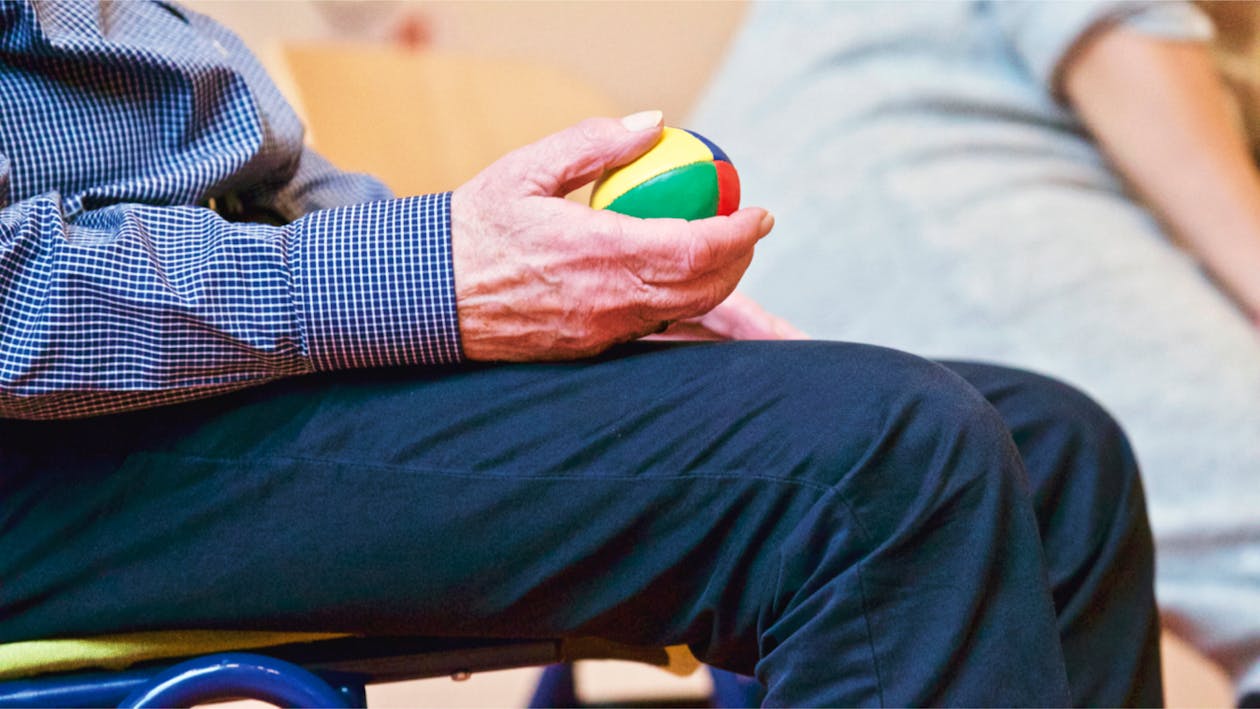· Onset of leprosy is insidious.
· The disease affects nerves, skin and eyes.
o It may also affect mucosa (mouth, nose, pharynx), testes, kidney, voluntary/smooth muscles, reticulo-endothelial system, and vascular endothelium.
· Bacilli enter the body usually through respiratory system.
· It has low pathogencity, only a small proportion of infected people develop signs of the disease.
· Though infected, majority of the population do not develop the disease.
· After entering the body, bacilli migrate towards the neural tissue and enter the Schwann cells. Bacteria can also be found in, macrophages, muscle cells and endothelial cells of blood vessels. After entering the Schwann cells /macrophage; fate of the bacterium depends on the resistance of the infected individual towards the infecting organism.
· Bacilli start multiplying slowly (about 12-14 days for one bacterium to divide into two) within the cells, get liberated from the destroyed cells and enter other unaffected cells.
· Till this stage person remains free from signs and symptoms of leprosy.
· As the bacilli multiply, bacterial load increases in the body and infection is recognized by the immunological system.
· Lymphocytes and histiocytes (macrophages) invade the infected tissue.
· At this stage clinical manifestation may appear as involvement of nerves with impairment of sensation &/ or skin patch.
· If it is not diagnosed and treated in the early stages, further progress of the diseases is determined by the strength of the patient’s immune response
· Specific and effective cell mediated immunity (CMI) provides protection to a person against leprosy.
· When specific CMI is effective in eliminating/ controlling the infection in the body, lesions heal spontaneously or it produces pauci-bacillary (PB) type of leprosy.
· If CMI is deficient; the disease spreads uncontrolled and produces multi bacillary (MB) leprosy with multiple system involvement.
· Some times, the immune response is abruptly altered, either following treatment (MDT) or due to improvement of immunological status, which results in – 12 – the inflammation of skin or / and nerves and even others tissue, called as leprosy reaction

References
Wells BG, DiPiro J, Schwinghammer T (2013), Pharmacotherapy Handbook (6th Ed). New York, NY: McGraw-Hill.
DiPiro JT, Talbert RL, Yee GC, Matzke GR, Wells BG, Posey ML, (2008): Pharmacotherapy: A Pathophysiologic Approach (7th ed): New York, NY: McGraw-Hill.
Katz M D., Matthias KR., Chisholm-Burns M A., Pharmacotherapy(2011) Principles & Practice Study Guide: A Case-Based Care Plan Approach: New York, NY: McGraw-Hill.
Schwinghammer TL, Koehler JM (2009) Pharmacotherapy Casebook: A Patient-Focused Approach (7th ed): New York, NY: McGraw-Hill.

